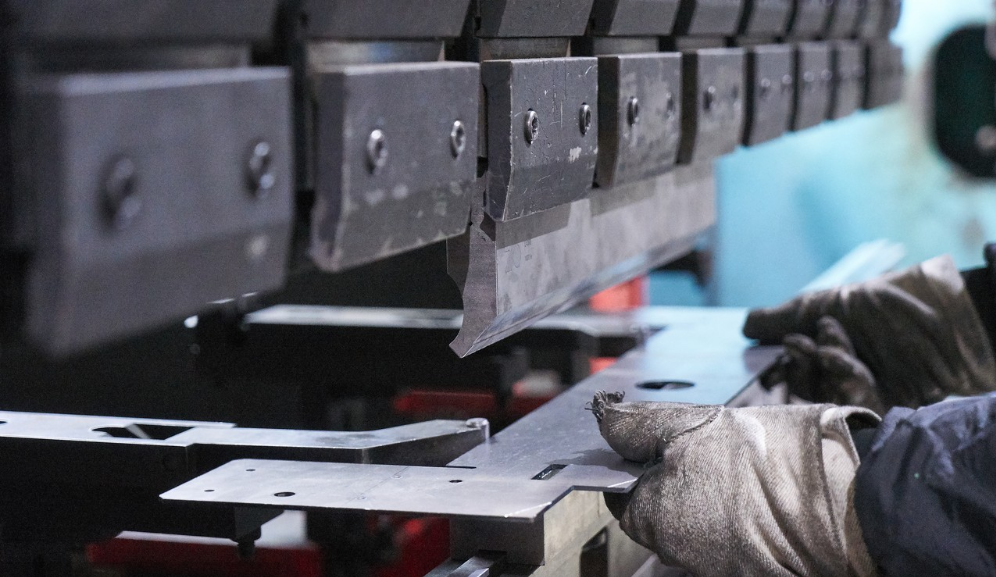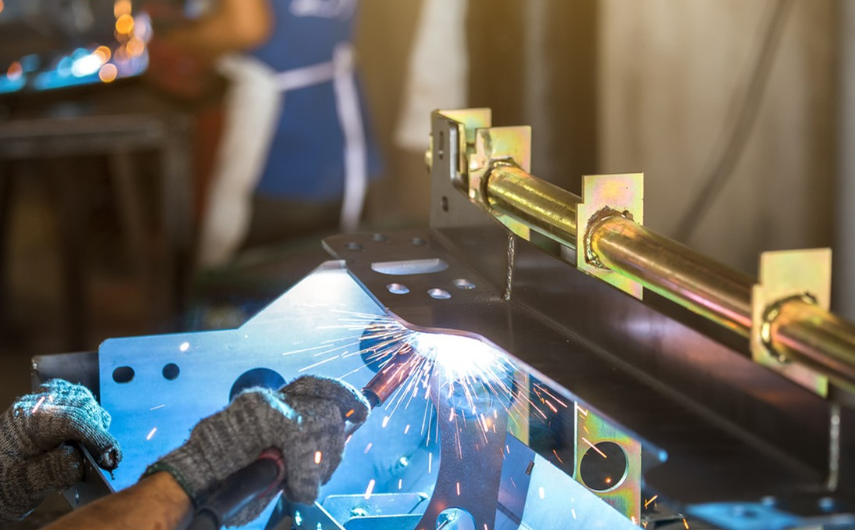Sheet metal fabrication is a complex process that involves the creation of metal structures through cutting, bending, and shaping. Whether you are working on a large-scale industrial project or a small DIY project, it is important to understand the different techniques available for sheet metal fabrication.
In this comprehensive guide, we’ll explore the three most popular fabrication techniques that are commonly used in the industry: Cutting Techniques, Bending Techniques, and Joining Techniques. Each of these techniques has its own unique benefits and drawbacks, and understanding them is crucial to achieving the desired results in your sheet metal fabrication project.

1. Sheet Metal Fabrication Cutting Techniques
The first step in sheet metal fabrication is cutting, which involves the separation of a piece of metal into a specific size and shape. There are three main cutting techniques used in sheet metal fabrication:
Laser Cutting
Laser cutting is a popular technique that uses a high-powered laser to cut through a piece of metal. This technique is precise, efficient, and produces clean cuts with minimal waste. Laser cutting is ideal for intricate designs and thin metals.
Plasma Cutting
Plasma cutting is another popular technique that uses a high-velocity jet of ionized gas to cut through a piece of metal. This technique is fast and produces clean cuts, but it is not as precise as laser cutting. Plasma cutting is ideal for thick metals and large pieces.
Waterjet Cutting
Waterjet cutting uses a high-pressure stream of water to cut through a piece of metal. This technique is versatile and can cut through a wide range of materials, including thick metals and composites. Waterjet cutting produces clean cuts with minimal heat distortion.

2. Sheet Metal Fabrication Bending Techniques
The second step in sheet metal fabrication is bending, which involves shaping the metal into a specific angle or curve. There are two main bending techniques used in sheet metal fabrication:
Press Brake
A press brake is a machine that uses a punch and die to bend a piece of metal into a specific angle. This technique is precise, efficient, and produces consistent bends. Press brakes are ideal for high-volume production runs.
Roll Bending
Roll bending uses a set of rollers to bend a piece of metal into a specific curve or shape. This technique is versatile and can produce a wide range of shapes and sizes. Roll bending is ideal for large pieces and complex curves.

3. Sheet Metal Fabrication Joining Techniques
The final step in sheet metal fabrication is joining, which involves connecting two or more pieces of metal together. There are three main joining techniques used in sheet metal fabrication:
Welding
Welding is a technique that uses heat and pressure to fuse two pieces of metal together. This technique is strong, durable, and produces a clean finish. Welding is ideal for high-stress applications and large structures.
Riveting
Riveting uses a mechanical fastener to connect two pieces of metal together. This technique is strong and durable, and it does not require heat or electricity. Riveting is ideal for thin metals and small pieces.
Adhesive Bonding
Adhesive bonding uses a special adhesive to connect two pieces of metal together. This technique is versatile and can be used on a wide range of materials. Adhesive bonding is ideal for lightweight structures and complex shapes.

In conclusion, sheet metal fabrication is a complex process that requires skill, experience, and the right tools. By understanding the three main fabrication techniques – cutting, bending, and joining – you can choose the best approach for your project and achieve the desired results. Whether you are working on a small DIY project or a large industrial project, it is important to choose the right technique for your specific needs. So, start exploring the different techniques available and take your sheet metal fabrication skills to the next level!


